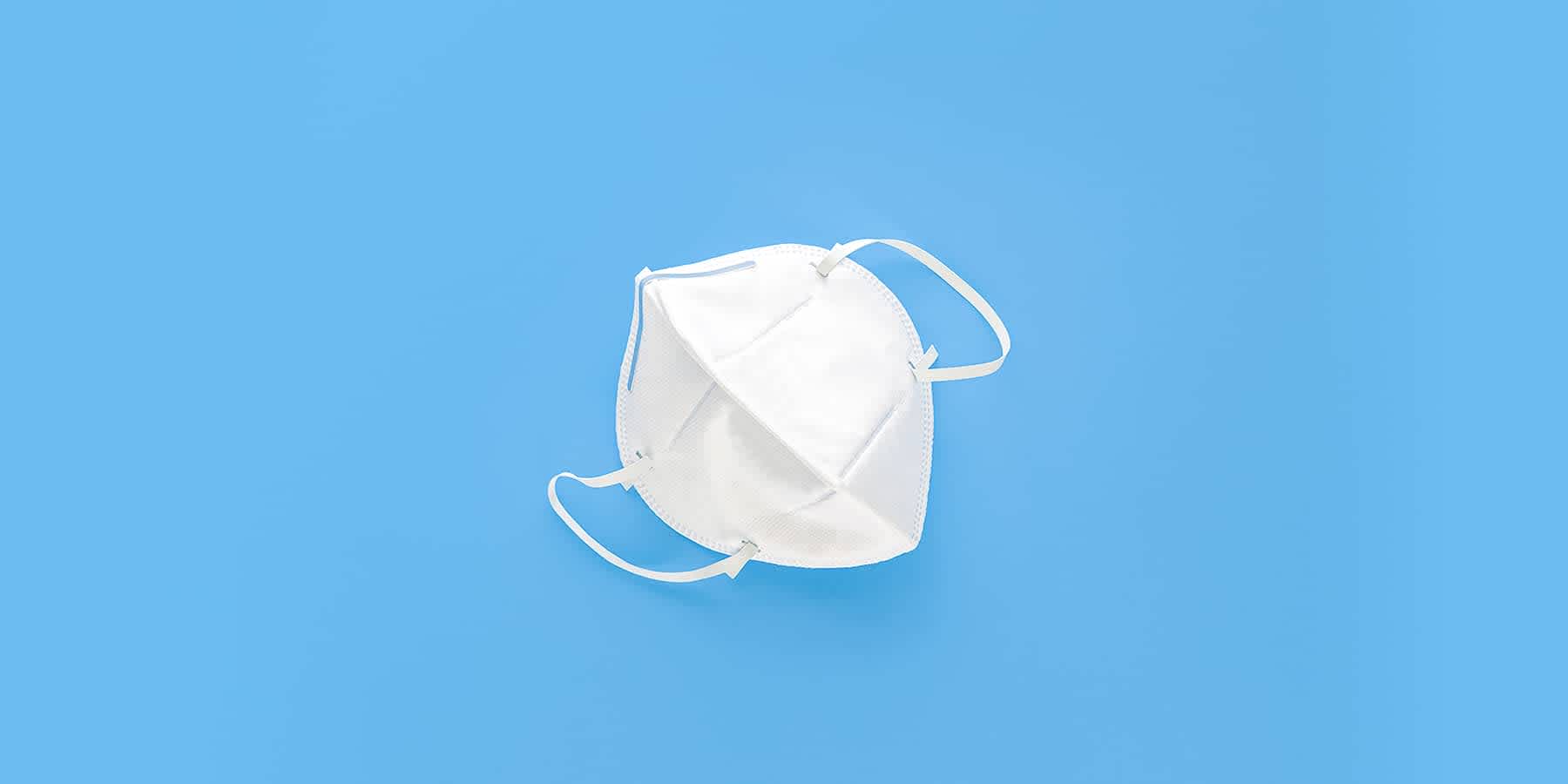
5 tips for making your spring break trip safer during COVID-19
It’s been over a year since the beginning of the COVID-19 lockdown—and many people are ready to leave freezing temperatures behind for a road trip with friends, a restful beach vacation in paradise, or a visit with family for the first time in months.
But how safe is traveling during spring break?
We asked Dr. Marisa Cruz, Head of Clinical Affairs at Everlywell and a former Senior Medical Advisor at the FDA, how those who are booking getaways should navigate travel in 2021.
Is it safe to travel for spring break?
Short answer, no. The reality is that at this point in time, all forms of travel increase your chance of getting and spreading COVID-19. Hospitalization and infection rates remain high in several regions, and both Dr. Cruz and the CDC recommend limiting nonessential travel.
It’s natural to feel restless and want to plan a getaway after the year we’ve all experienced, but remember that we’re still months away from reaching herd immunity. If you are planning a spring break getaway, it’s important to take special precautions when traveling to keep yourself and those around you safer as we continue to navigate the COVID-19 pandemic.
For those who are required to travel or might be seeking ways to do so more safely, Dr. Cruz recommends these tips:
1. Get tested before your trip
As recommended by the CDC, you should get tested with a viral test 1-3 days before your trip—some destinations may even require you to show proof of a negative COVID-19 test result to avoid a mandatory quarantine. In any case, make sure you get tested with enough time to receive your results back before you travel. However, keep in mind that a negative COVID-19 test result does not guarantee an individual is not infected with SARS-CoV-2.
Keep in mind that getting results for viral PCR tests can range from 24-48 hours of the lab receiving your sample to a week, and in some cases, even longer. Viral rapid tests can return results more quickly but are not as accurate as viral PCR tests.
Note: Keep in mind that a COVID-19 test is simply a snapshot in time. Even with the more accurate PCR test, a negative result does not mean an individual is not infected. A negative result means only that, at that particular moment, the sample did not show viral levels high enough to be reliably measured.
2. Retest and quarantine after you return from your trip
After returning from your trip, self-quarantine at home for seven days and get tested again with a viral test five days after traveling. Even if your test is negative, stay at home for the full seven days. If you don’t get tested, the recommended quarantine period is longer.
3. Get vaccinated, pending eligibility
If you are eligible and have been vaccinated against COVID-19, it is recommended you wait two weeks after you have been fully vaccinated before you travel. If you receive one of the COVID-19 vaccines that require two shots, make sure you’ve had your second dose before planning your next trip. Like with many other vaccines, it takes time for your immune system to build up protection after vaccination.
4. Pack extra protection equipment
Trust us, being over-prepared is always better than being underprepared. In addition to the sunscreen, bathing suits, and hiking boots in your suitcase, remember to pack extra protection against COVID-19. You can stock up on everything from extra masks and face coverings to gloves, disinfectant wipes, and hand sanitizer (with at least 60 percent alcohol). During your trip, consider double masking—the CDC recommends layering a disposable mask underneath a cloth mask for more protection.
5. Sanitize, sanitize, sanitize
Whether you are traveling by car, plane, or train, wipe down any shared surfaces and “touch points” before the trip. In a rental car, wipe down the steering wheel, gear shift, doors, windows, seat handles, controls, seatbelts, mirrors, radio and control knobs, visors, etc. When you get to your seat on an airplane or train, wipe down the armrests, seat backs, tray tables, seatbelts, air vents, window shades, light controls, etc. Once you arrive at your accommodation, do the same for countertops, sinks, windows, doors, doorknobs, furniture, etc.
Taking a trip during spring break is a calculated risk and if you are traveling, consider these tips to keep yourself and your group safer during the COVID-19 pandemic.
Don’t forget: If you are traveling solo and meeting your friends or family at your destination, ask them to follow the same health and safety protocols while traveling to minimize your risk as a group. Share Dr. Cruz’s tips above and always check the local travel guidelines for your destination before arrival.
Experiencing COVID-19 symptoms and looking for relief? Get COVID-19 treatment online via Everlywell's Virtual Care offering.